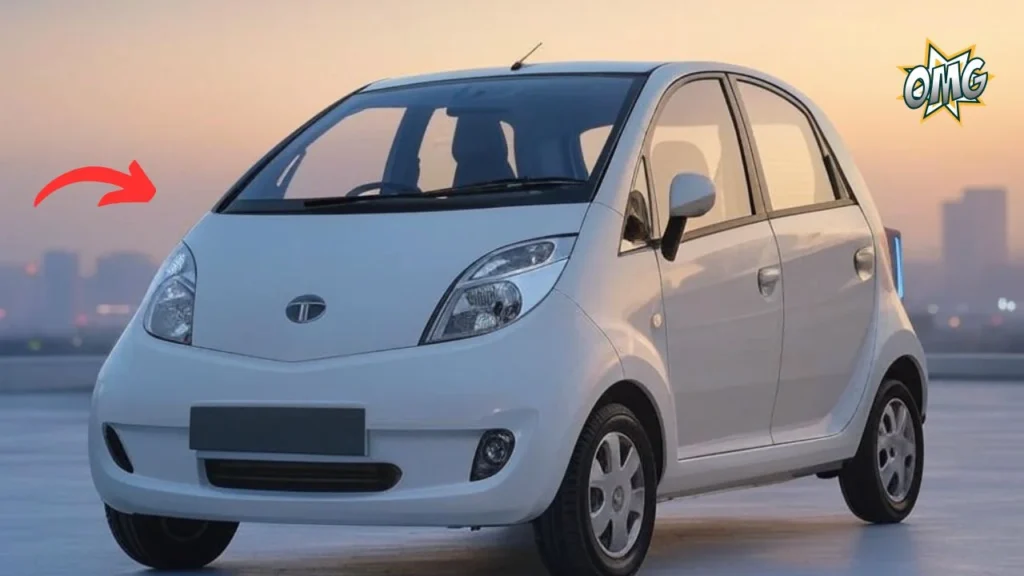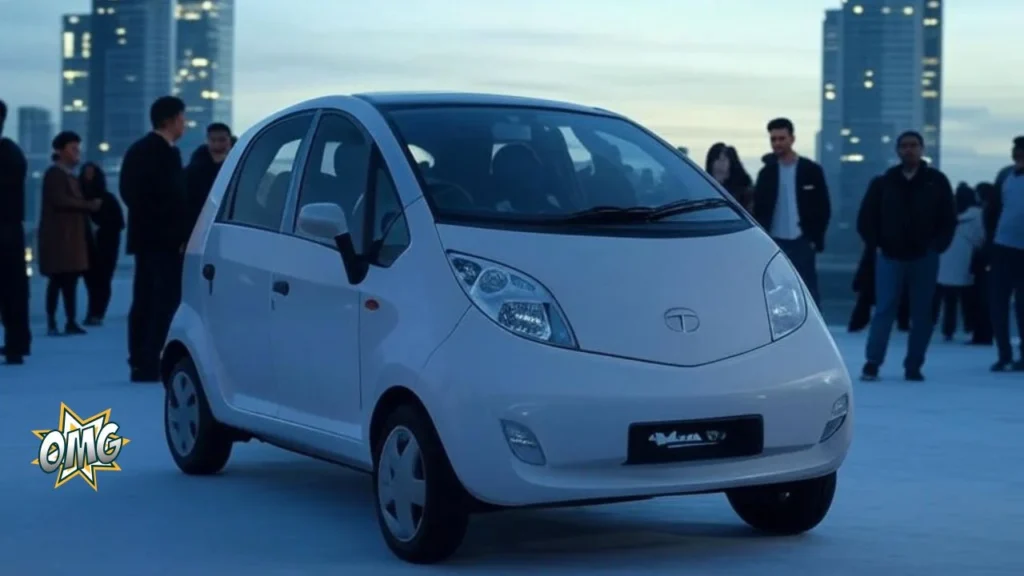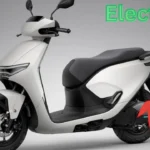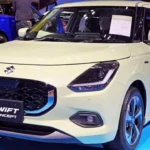Tata Motors, one of India’s leading automotive giants, is preparing to make a remarkable comeback with theTata Nano EV Launch 2025. Originally launched as the world’s cheapest car, the Nano carved a special place in the hearts of millions. Now, Tata aims to recreate the magic by introducing the Nano as an affordable electric vehicle. While the official launch date is yet to be announced, the excitement in the market is already palpable. Industry experts and car enthusiasts are eagerly speculating about what the new Tata Nano EV will bring to the table. Let’s dive into what we can expect from India’s most anticipated affordable electric car.
Expected Design and Features of Tata Nano EV Launch 2025
The upcoming Tata Nano EV is expected to undergo significant design changes while retaining the compact essence of the original model. Spy shots and digital renders hint at a more futuristic and aerodynamic exterior. Slim LED headlights, a closed-off front grille, and stylish alloy wheels are likely to be part of the design language.

Inside the cabin, Tata Motors might focus on offering modern amenities without compromising affordability. Expectations include a digital instrument cluster, a touchscreen infotainment system with smartphone connectivity, power windows, and improved seat cushioning for a more comfortable ride. Safety features such as dual airbags, ABS with EBD, and a rear parking camera are likely to be offered to align with the latest safety norms.
Performance and Battery Specifications
When it comes to performance, the Tata Nano EV is expected to come equipped with a compact yet efficient electric motor suitable for city commuting. It will most likely offer a moderate top speed ideal for urban roads while focusing on providing a smooth and noiseless drive experience. Battery capacity is anticipated to be between 17 kWh to 20 kWh, providing a real-world driving range of approximately 180-200 kilometers on a full charge. Fast-charging capabilities could be an added bonus, enabling 0-80% charge in under an hour, making it highly convenient for daily users.
Here’s a quick look at the expected performance specifications:
| Feature | Expected Specification |
|---|---|
| Battery Capacity | 17-20 kWh |
| Range | 180-200 km per charge |
| Charging Time | Around 1 hour (fast charging) |
| Top Speed | 80-100 km/h |
Pricing and Variants
Tata Nano EV’s biggest selling point will undoubtedly be its pricing. While no official figures have been announced yet, industry insiders expect the Nano EV to be priced between ₹5 lakh and ₹7 lakh. This will make it the most affordable electric car in India, opening the EV market to a much broader audience.
Tata could offer the Nano EV in multiple variants, varying slightly in features like battery capacity, infotainment options, and safety tech, catering to different customer needs. A basic model for budget-conscious buyers and a slightly premium variant with enhanced features are likely strategies Tata may adopt.
| Variant | Expected Price Range | Key Features |
|---|---|---|
| Base Model | ₹5-5.5 lakh | Basic infotainment, single airbag |
| Mid Variant | ₹6-6.5 lakh | Dual airbags, touchscreen system |
| Top Variant | ₹6.5-7 lakh | Fast charging, advanced features |
Competition in the Electric Vehicle Market
By launching the Nano EV, Tata will enter into direct competition with other affordable EVs in India. Currently, the market has few options in the under ₹10 lakh segment. Rivals like the MG Comet EV and the upcoming Maruti Suzuki EVs are expected to pose some challenge, but none may offer the iconic recognition and mass appeal that Nano brings. Tata’s experience with electric vehicles, especially the success of the Tata Nexon EV and Tata Tiago EV, gives them a significant edge in understanding the needs of Indian customers.
Key Reasons Why Tata Nano EV Could Be a Game-Changer
Several factors suggest that Tata Nano EV could revolutionize the budget EV segment in India. Affordability, brand trust, easy maintenance, and practical features are a combination few competitors can match. Moreover, Tata’s growing EV infrastructure and service network across the country are strong pillars that would support the Nano EV’s success.

Urban dwellers looking for a compact, cost-effective, and eco-friendly transportation option will find the Nano EV a perfect match for their needs. Additionally, government subsidies on EVs could further lower the effective price, making the deal even sweeter for customers.
My Opinion
Personally, I believe that the Tata Nano EV has the potential to create a massive impact on the Indian automotive landscape. If Tata Motors can deliver on the expectations regarding pricing, features, and range, it could become the go-to car for first-time EV buyers. The original Nano was revolutionary but faced challenges due to market positioning and perception. However, with the growing acceptance of electric vehicles today, the Nano EV might receive a much warmer welcome.
Tata should also focus heavily on building confidence around the Nano EV’s safety and performance, ensuring that customers see it as a reliable, everyday car rather than a compromise. If marketed smartly, with an emphasis on affordability, eco-friendliness, and practicality, the Tata Nano EV could truly be back with a bang.








